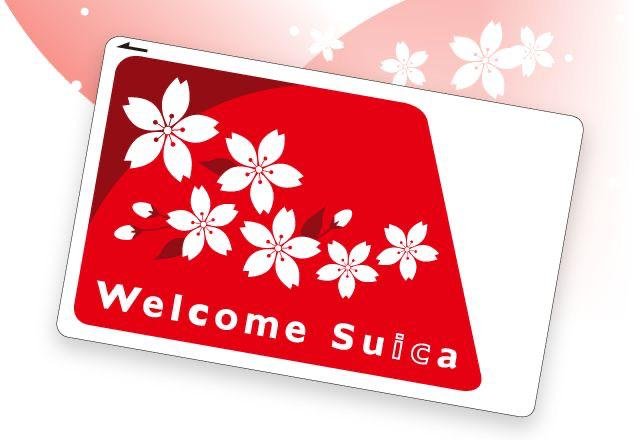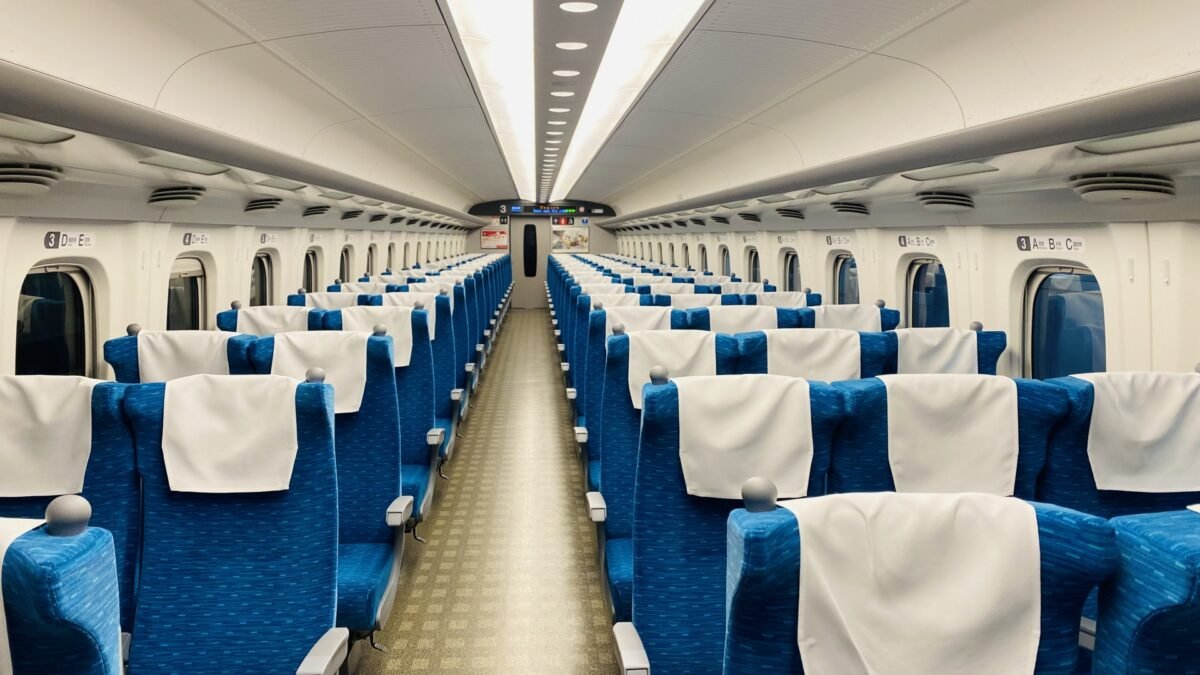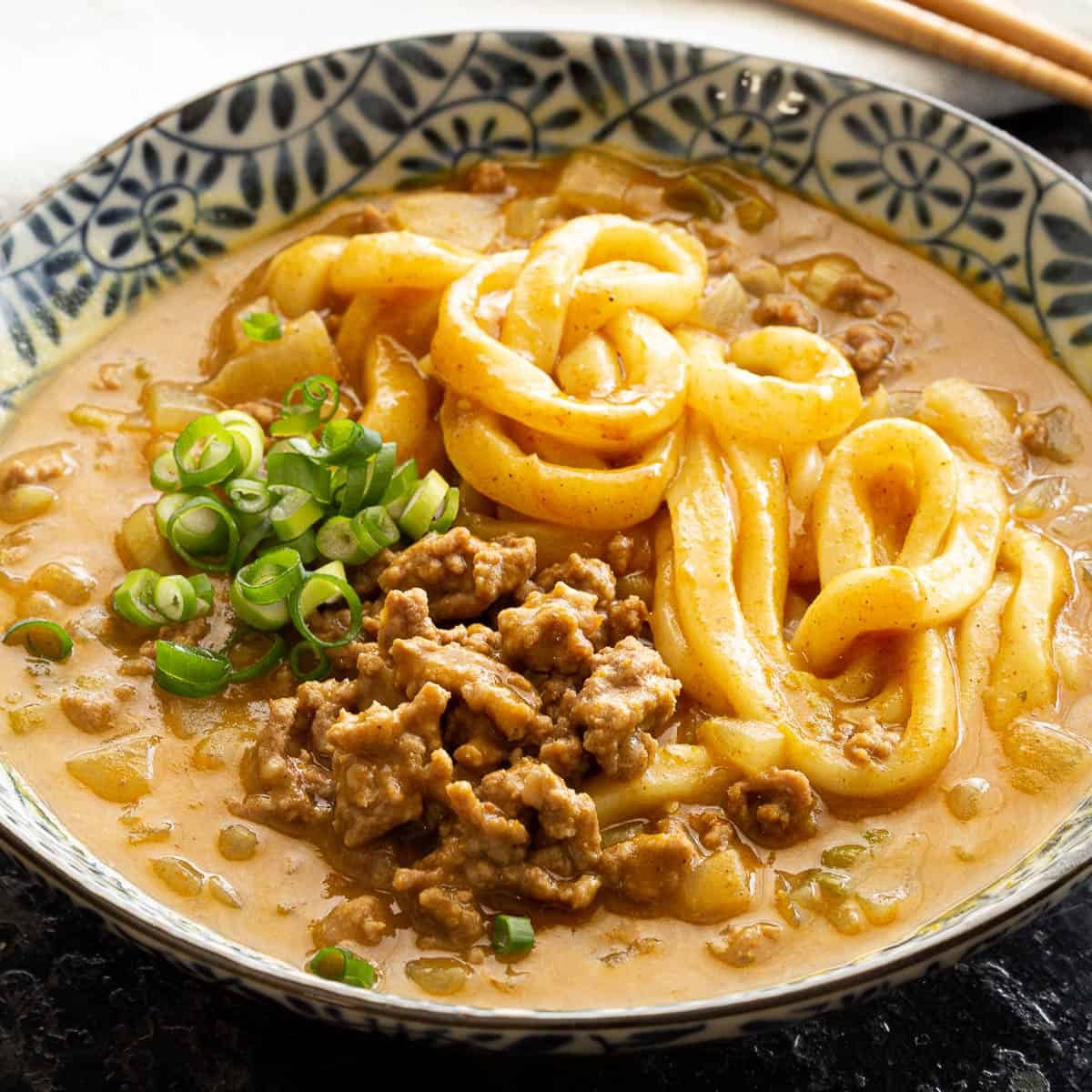Hey sweet tooth! Ever been curious about those gorgeous Japanese treats that look almost too pretty to eat? Let me introduce you to the wonderful world of Wagashi and Namagashi – not just sweets, but edible poetry celebrating Japanese culture.
Wagashi: Sweet Artistry
Crafting Wagashi:
Wagashi is a collection of traditional Japanese sweets featuring sweet azuki bean paste, mochi, and a hint of sugar – a dreamy combo! From the chewy joy of Daifuku to the firm embrace of Yokan, each piece is a tiny masterpiece.
Savoring Wagashi:
Now, the best part is enjoying these treats with a cup of green tea in a traditional Japanese tea ceremony. It's like a taste bud party where the sweetness of Wagashi dances with the bitterness of the tea. And oh, the visual treat! It’s not just eating; it’s savoring a bite-sized piece of Japanese art.
Namagashi: Seasonal Edible Magic
Crafting Namagashi:
Now, let’s dive into Namagashi – the magical, seasonal cousins of Wagashi. These sweets are made from sweet bean paste, agar, and rice flour. But here's the kicker – they're not just desserts; they're edible pieces of art that change with the seasons!
Savoring Namagashi:
Imagine you're at a Japanese tea ceremony, and there's this delicate, visually stunning Namagashi in front of you. It’s like a tiny sculpture mirroring the beauty of cherry blossoms or maple leaves. Every bite becomes a journey through the seasons, and you're not just eating; you're experiencing the essence of Japan in the sweetest way possible.
Next time you spot these sweet wonders, remember, Wagashi and Namagashi are not just treats; they're your ticket to a delicious journey through Japanese culture, especially when exploring Tokyo on guided tours.
One delightful bite at a time! 🍡✨


























































